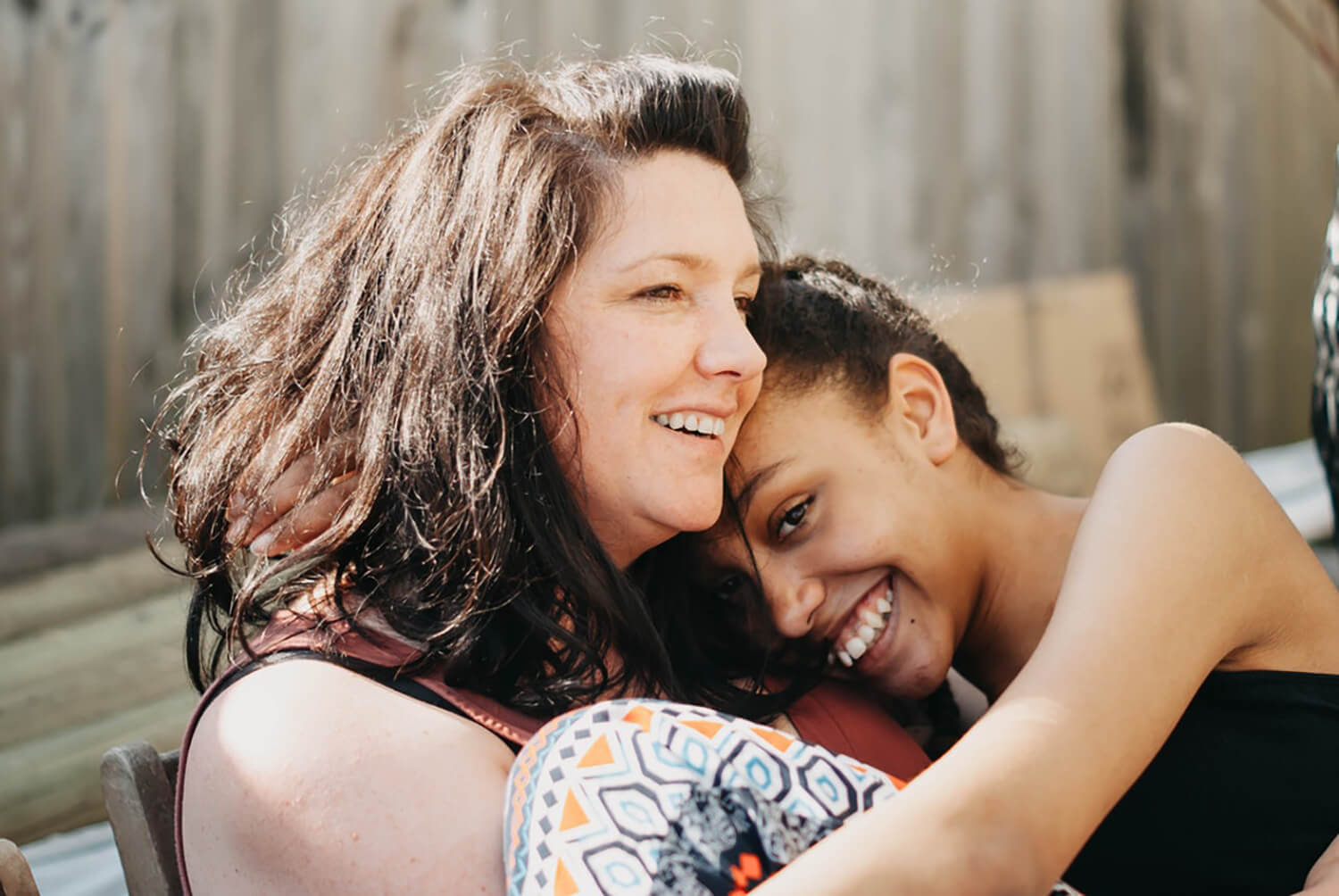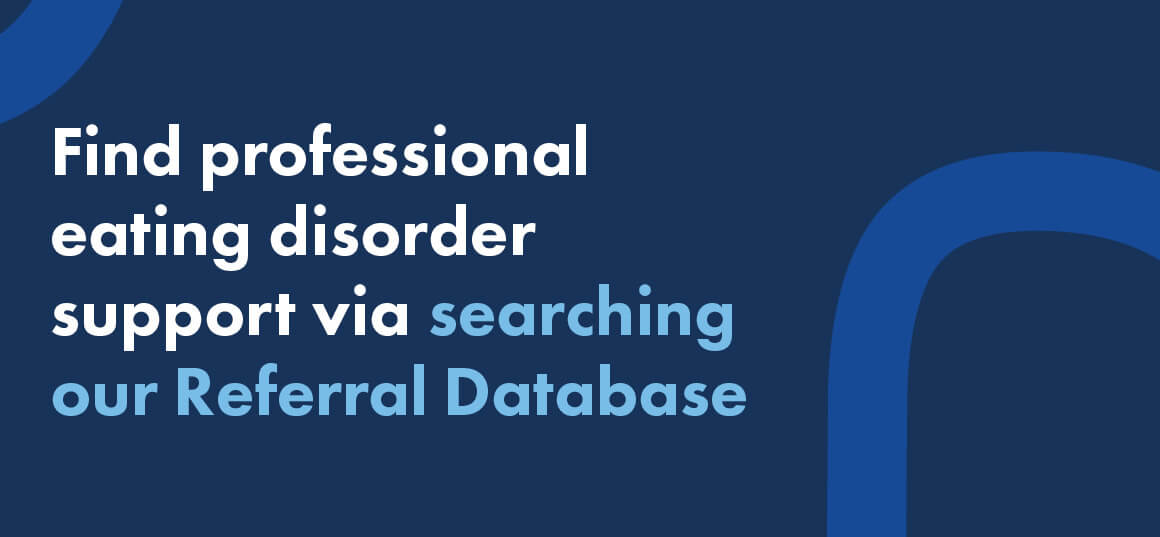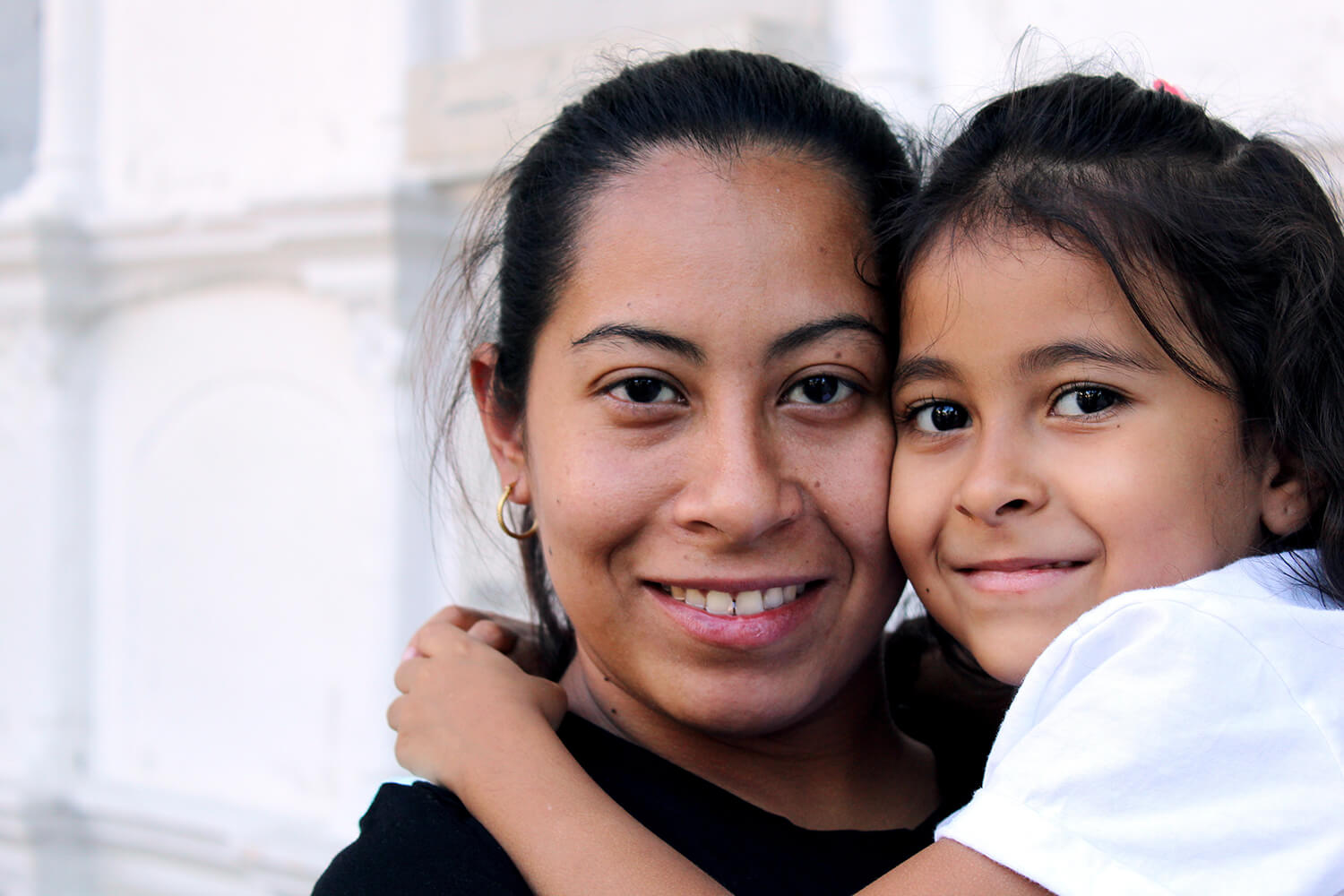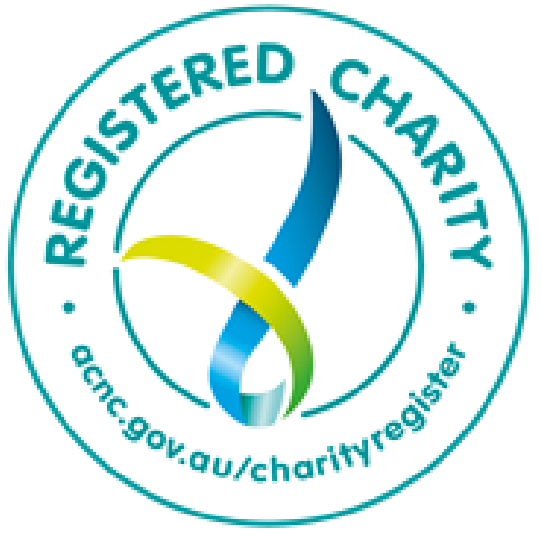Eating disorders and body image concerns among Aboriginal and Torres Strait Islander people
In this blog, Sarah Squire, Butterfly’s Manager of Knowledge, Research and Policy, summarises some of the research on eating disorders and body image concerns among Aboriginal and Torres Strait Islander people as a part of National Reconciliation Week 2021.
Despite the ongoing efforts of Butterfly Foundation and others, the stereotype of a person with an eating disorder is a young (and thin) white woman or girl. Yet while women and girls comprise the majority of those affected by eating disorders, with onset between 12-25 years most likely, it is not an experience confined to white women (or white men).
Body dissatisfaction is a well-established risk factor for the onset of eating disorders, and it appears to be a significant issue for Aboriginal and Torres Strait Islander people as well as non-Indigenous people in Australia. The recent Mission Australia Youth Survey found that one third of Aboriginal and Torres Strait Islander respondents aged 15-19 were extremely or very concerned about body image. These concerns were recently brought to life in two lived experience stories shared with Butterfly – Garigarra Riley-Mundine’s story, and Felicia Foxx’s story.
Butterfly recently commissioned a nationally representative survey of experiences of eating disorders, which showed that one in five people in Australia are either experiencing or at risk of experiencing an eating disorder. The survey included 92 Aboriginal and Torres Strait Islander respondents, while a qualitative component explored nine experiences in-depth.
While our survey and interviews with Aboriginal and Torres Strait Islander people did not pick up any significant differences with non-Indigenous respondents, at Butterfly we are mindful of a foundational difference in that the relationships with food occur within a context of colonisation. As the authors of a recent report on Aboriginal and Torres Strait Islander people and nutrition research note:
‘Today, many Aboriginal peoples associate food, in general, with traumatic colonization practices that are centered around the control of food and food systems which are then passed between generations. This cannot be ignored, and further research is required to explore and document what nutritional colonization looks like, and how it affects Aboriginal and Torres Strait Islander peoples’ engagement with food and the food system today.’
The report frames historical practices within an ongoing colonial framework and current policy settings such as the Cashless Debit Card, which maintains inequity by seeking to control the way in which Aboriginal communities spend money to ensure purchase of healthy food.
With the awarding of the 2021 Sydney Peace Prize to the Uluru Statement from the Heart and various discussions taking place as part of Reconciliation Week, it is timely for those of us working in the eating disorder and wider mental health sector to consider the current evidence base in relation to Aboriginal and Torres Strait Islander people and eating disorders.
While there is a significant body of work on health conditions among Aboriginal and Torres Strait Islander people that are related to nutrition, such as diabetes and kidney disease, there is limited peer-reviewed research on the features of eating disorders and body image concerns.
Research on First Nations experiences within other countries suggests that eating disorder prevalence is similar to non-Indigenous populations. In North America, for example, a review of prevalence studies found that First Nations and Inuit people have similar rates of disordered eating, weight control behaviour and body dissatisfaction compared with other people in North America.
Research drawing on a large-scale longitudinal investigation of eating disorders among Australian adolescents suggests Aboriginal and Torres Strait Islander people experience eating disorders and body image issues at a higher rate than non-Indigenous people. A recently published scoping study of all available evidence concluded that eating disorders are more common among Aboriginal and Torres Strait Islander people than the general population, with high levels of overvaluation of weight and shape being a defining feature.
There is some evidence of gender differences with one study of Aboriginal and Torres Strait Islander adolescents published in 2005 finding that contrary to expectations, there were higher levels of body dissatisfaction and a desire to build up muscle among boys but lower or similar levels of body dissatisfaction in girls compared to non-Indigenous counterparts.
When it comes to experiences of care, Worimi researcher Elizabeth Dale writes that: ‘Current eating disorder treatments fail to seek out different cultural perspectives, or build culturally meaningful approaches to care’. Very little is known about eating disorder treatment take up and efficacy among Aboriginal and Torres Strait Islander people, and there are no validated diagnostic or screening tools for eating disorders among Aboriginal and Torres Strait Islander people.
In this context – and in an environment of federal and state (Victoria) mental health reform – it is incumbent on those in the eating disorder sector to advocate for greater investment in research, diagnostic tools, and access to culturally appropriate models of care. Aboriginal and Torres Strait Islander researchers, communities and lived experience perspectives must be at the forefront of these changes.*
*For more on these points see Elizabeth Dale’s 2020 blog.




















